
-
Skin Care Tips for a Radiant Complexion
posted: Aug. 14, 2023.

-
The Power of Chemical Peels
posted: Aug. 01, 2023.
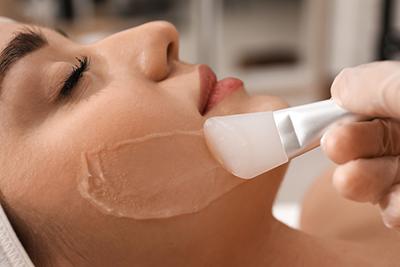
-
Understanding Acne: Causes and Treatment Options
posted: Jul. 13, 2023.

-
Treating Eczema in Adults
posted: Jul. 01, 2023.
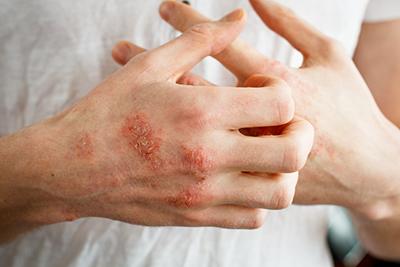
-
Common Causes of Rashes
posted: Jun. 21, 2023.
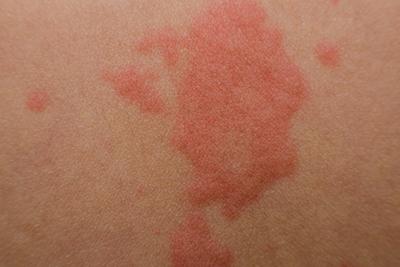
-
Treatment Options for Acne Scarring
posted: Jun. 06, 2023.
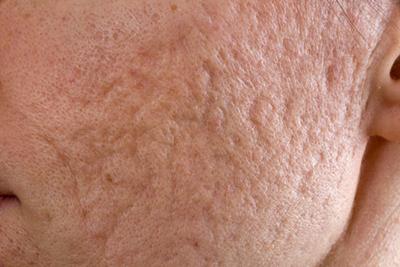
-
The ABCDEs of Skin Cancer: Understanding the Signs and Symptoms
posted: May 16, 2023.
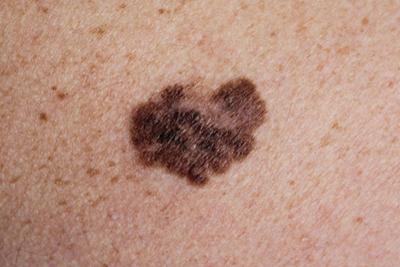
-
Eczema: Understanding Triggers and Treatment Options
posted: May 08, 2023.
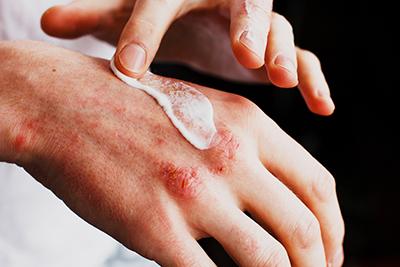
-
Common Skin Conditions: Eczema, Psoriasis, and Rosacea Explained
posted: Apr. 21, 2023.
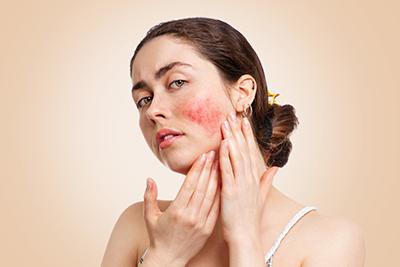
-
Skin Cancer Prevention Tips
posted: Apr. 07, 2023.
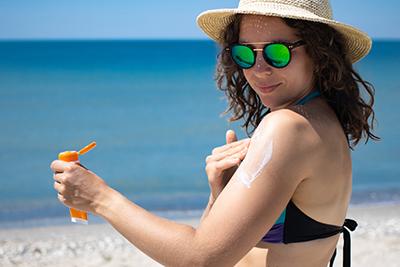
-
Skincare Tips for Every Skin Type: How to Keep Your Skin Healthy and Radiant
posted: Mar. 23, 2023.

-
Understanding Common Skin Conditions and How to Manage Them
posted: Mar. 10, 2023.
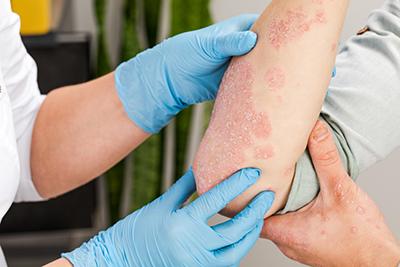
-
Understanding and Managing Acne
posted: Feb. 27, 2023.
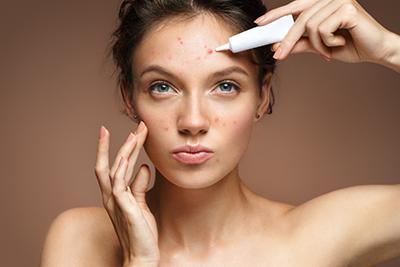
-
How to Treat and Prevent Eczema Flare-Ups
posted: Feb. 07, 2023.
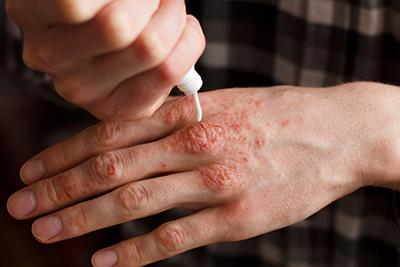
-
The Benefits of Regular Skin Cancer Screenings
posted: Jan. 25, 2023.
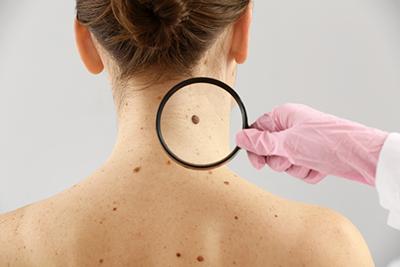
-
Non-Invasive Anti-Aging Treatments
posted: Jan. 11, 2023.
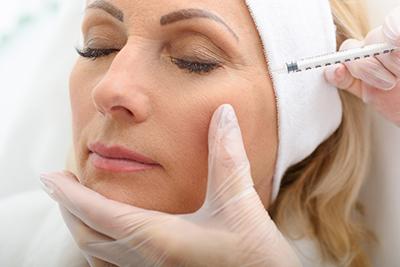
Our Location
Hours of Operation
Monday:
8:00 am-4:00 pm
Tuesday:
8:00 am-4:00 pm
Wednesday:
8:00 am-4:00 pm
Thursday:
8:00 am-4:00 pm
Friday:
8:00 am-4:00 pm
Saturday:
Closed
Sunday:
Closed
